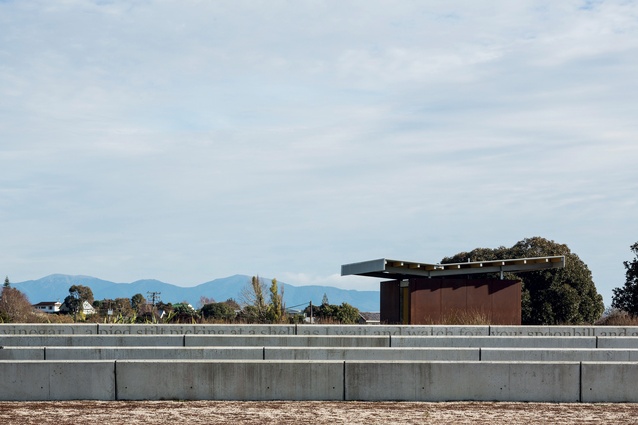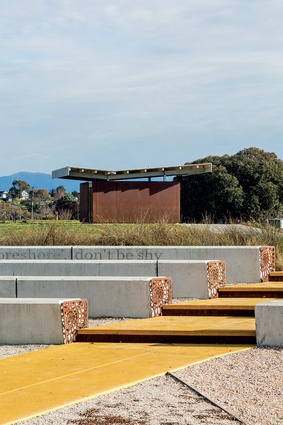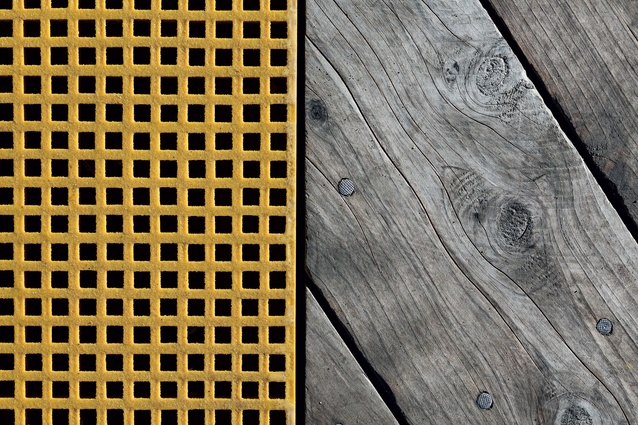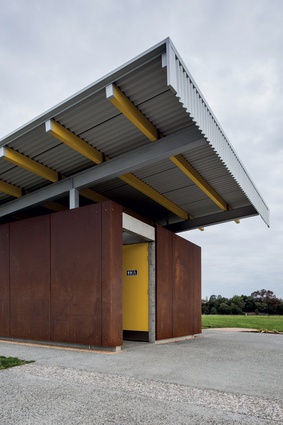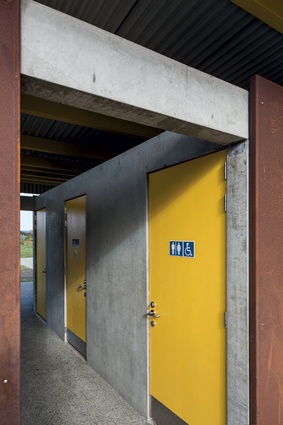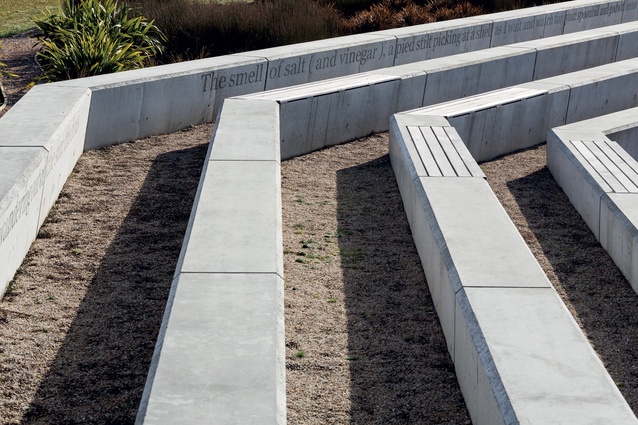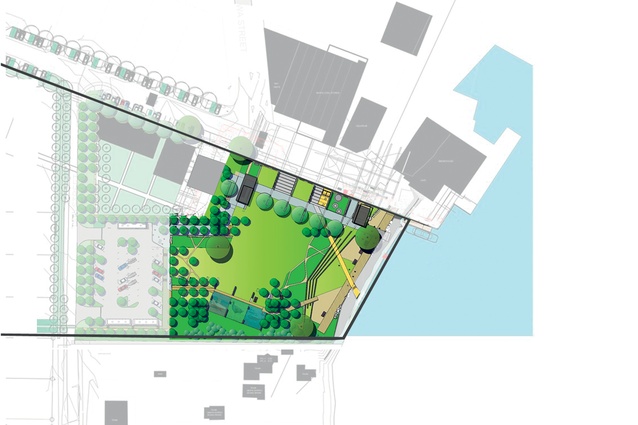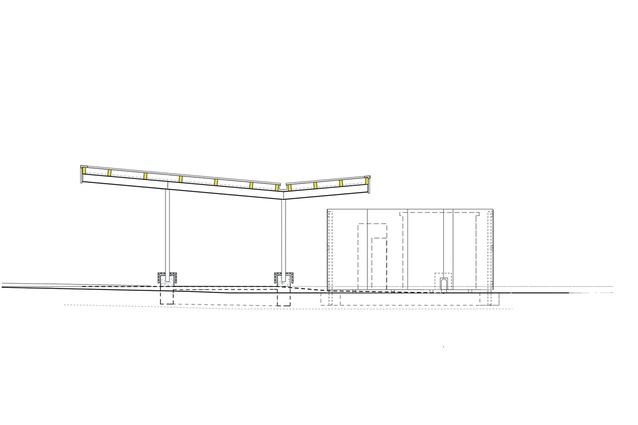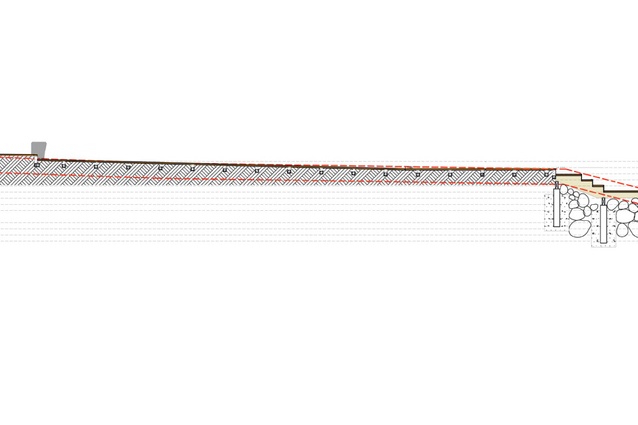Mapua Waterfront Park
After extensive remedial work, a small patch of estuarine coastline near Nelson can finally be called a place for people rather than pesticide.
Shortly before the completion of the Waterfront Park at Mapua, near Nelson, project landscape architect Robin Simpson received an inspirational request. A local woman phoned Simpson, wanting to know whether she could get married in the park. Why inspirational? Because the new park occupies a plot of earth once described as the most contaminated in New Zealand.
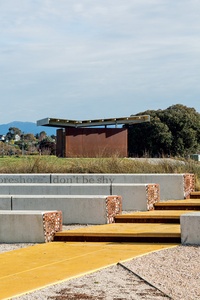
“That for me summed up the best thing about this project,” says Simpson, principal of Robin Simpson Design. “It’s been transformed from a place that was feared and that made people angry, to a place that is already treasured.”
Located at the edge of the Mapua estuary adjacent to the wharf, the 3.4 hectare site was home for 50 years to the Fruitgrowers Chemical Company, whose business included the manufacture of synthetic pesticides such as DDT. As Mapua evolved during the latter half of the 20th century into a residential village, and with awareness growing of the potential environmental and health effects, the FCC operation became increasingly controversial. It wasn’t until the factory closed in 1988, however, that the full extent of contamination of both the soil and estuary was exposed, and not until 2004 that remediation began in earnest, with a clean bill of health issued five years later.
It was pressure from the Mapua community that put an end to the poisoning. Local pressure, too, ensured that when the site was finally decontaminated some land was reserved for public use. So it was fitting that the community was closely consulted for their input on what the new park should be.
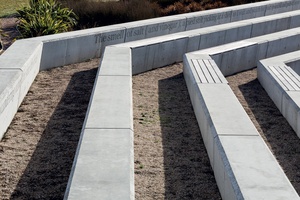
“Like all community consultation it had conflicting interests and disparate ideas,” says Simpson, who wore an additional hat on the project as leader of the community consultation process. “We had to carve a way forward and realise the good ideas and intentions.”
The design began with the understanding that there was nothing natural about this site. “There used to be a small creek, but that’s gone,” she says.
“The coastal edge is different, the chemical makeup, too. It was a matter of saying here is a highly constructed site, so how do we construct it again for its next iteration?”
Simpson’s team set up a scheme based around three ‘grids’ referencing different aspects of the site’s history and surroundings to ground the new structure in the stories of the place. One grid was based on adjacent coolstore and warehouse buildings that once serviced the horticulture industry, and have since been converted into shops and galleries. Another picked up on the story of apple growing; the third on the estuary. The overlaying geometries of these grids structure the park.
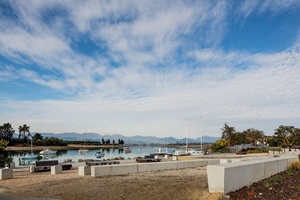
The next step was complicated by the peculiar nature of the site’s remediation, which had concluded with a 500mm thick capping of soil. Architect Jeremy Smith, of Nelson firm Irving Smith Jack, was engaged for built structures. “Essentially, what it meant was that if you’re digging and you go past 500mm then you’re into a scenario of men in white coats,” he says.
“Horizontal layers cross the park as a way of tying all the elements together. Wherever there was a shelter we designed it with ground beams that didn’t go below 450mm.”
Working with a diminutive budget to address a rather large site, part of which has been earmarked for future residential and commercial development, the team had to make a little appear to go a long way. The structures – a toilet block and a services block – were designed intentionally raw, with all their elements exposed to view – a move that picks up on the rural surroundings, but also signals that this is a work in progress, with significant landscape development to be added as funds allow. Elements that currently appear on a still exposed site, such as the corner toilet block, will eventually be linked by trees and nestled by commercial buildings.
It’s the estuary that pulls it all together, exerting a gravitational force on users and dominating the view. The planting scheme, shaped by riverine curves, is characterised by estuarine grasses and other plants, including some such as salt bush that are endangered in the Mapua area. “The idea was to use plants indigenous to the area, but in new and ornamental ways,” says Simpson. There’s also a nod to the horticultural setting in the form of small copses of flowering pear trees. (Her preference was for local apples, but the Tasman District Council ruled out anything fruiting.)
As anticipated, the amphitheatre beside the estuary is already proving the busiest part of the park, with wharf timber benches and concrete seating cubes providing spaces to sit, eat, play music and contemplate the view. Running the length of the back row, sandblasted into the concrete, is a poem written specially for the new park by Tasman poet Cliff Fell. The mood is of quietude, and springtime expectation of new beginnings – a fitting sentiment for a place so utterly transformed.

